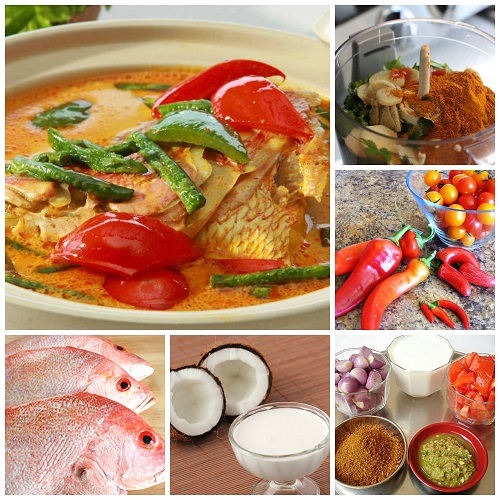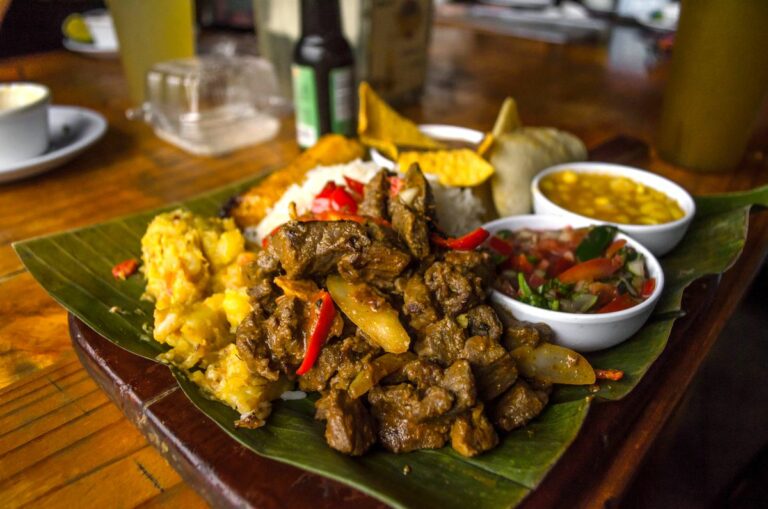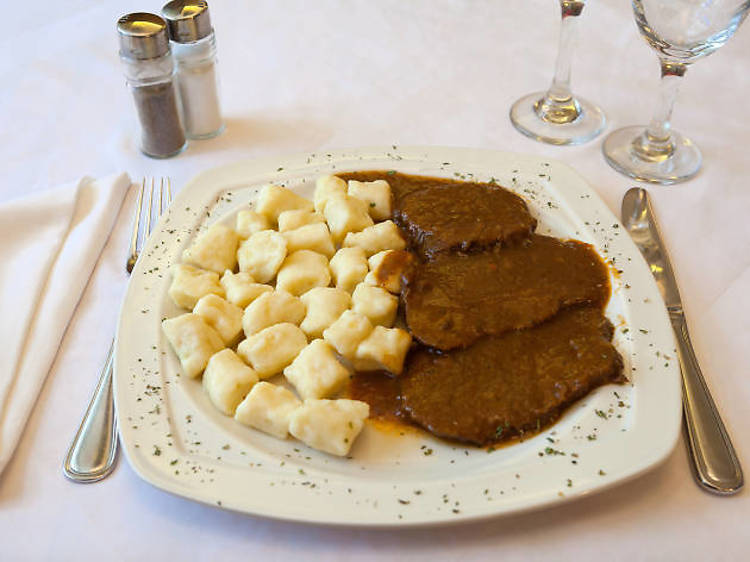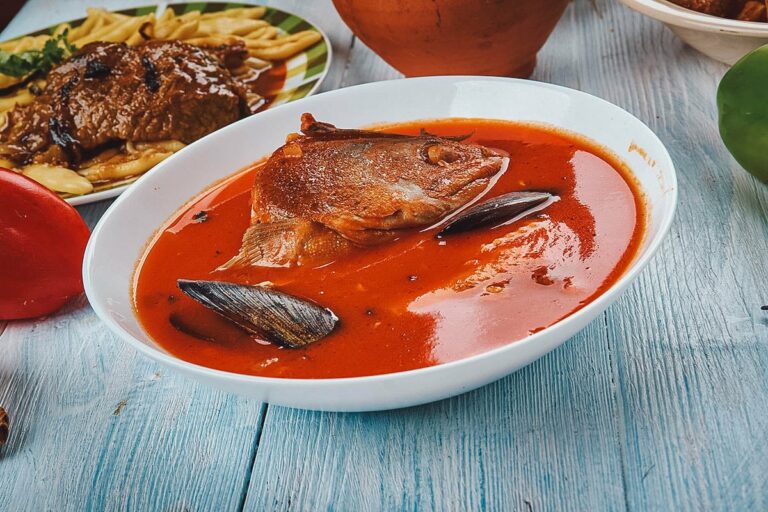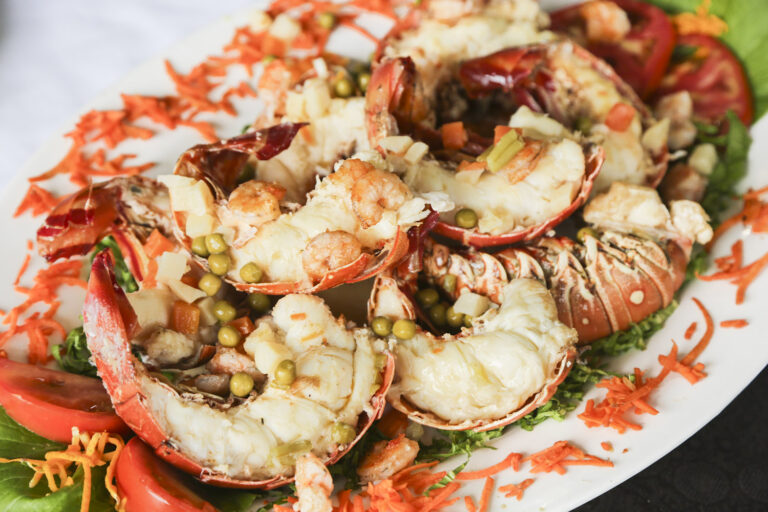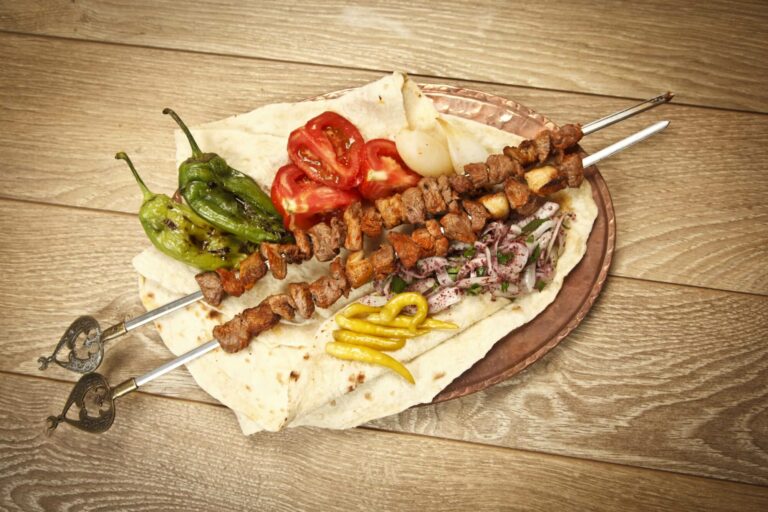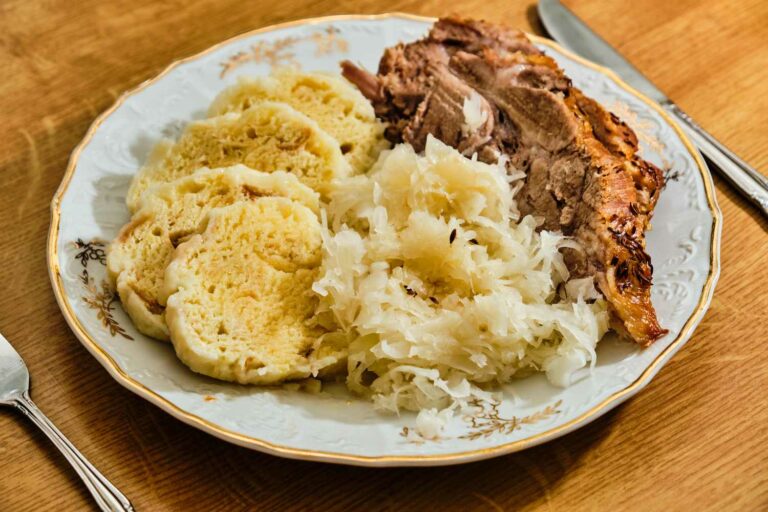What is “saka-saka” in Congolese cuisine?
Saka-saka is a traditional Congolese dish made from cassava leaves. It is a highly nutritious and delicious dish that is popularly served across the country. The dish is a staple food in many parts of Congo and is an essential part of the Congolese diet. Saka-saka is known for its unique taste and is an integral part of Congolese culture and cuisine.
Origin and history of saka-saka
Saka-saka originated in the central and eastern parts of Congo, where cassava is a prevalent crop. The dish has been a part of Congolese culture for centuries and is considered a traditional dish. Saka-saka was originally prepared by the indigenous people of Congo, who used the cassava leaves as a primary ingredient in their dishes. Over time, the dish has become widespread and is now a popular dish across Congo.
Ingredients used to make saka-saka
The primary ingredient used to make saka-saka is cassava leaves, which are harvested from the cassava plant. Other ingredients used in the preparation of saka-saka include onions, tomatoes, peppers, and various spices. The leaves are washed, drained, and then chopped into small pieces. The other ingredients are then added, and the mixture is cooked until the cassava leaves are tender.
How is saka-saka prepared and cooked?
To prepare saka-saka, the cassava leaves are washed and cut into small pieces. The other ingredients, including onions, tomatoes, and peppers, are also chopped and added to the leaves. The mixture is then cooked in water until the cassava leaves are tender. Some variations of saka-saka also include the addition of peanut butter, which gives the dish a creamy texture.
Nutritional value of saka-saka
Saka-saka is a highly nutritious dish that is rich in vitamins and minerals. Cassava leaves are a good source of protein, calcium, iron, and vitamin A, making saka-saka an excellent addition to a healthy diet. The dish is also low in fat and calories, making it an ideal food for those looking to maintain a healthy weight.
Variations of saka-saka across Congo
There are many variations of saka-saka across Congo, with different regions and tribes adding their unique twist to the dish. In some parts of Congo, saka-saka is made with groundnuts instead of peanut butter, while in other regions, the dish is made with fish or meat. The variations of saka-saka reflect the diversity of Congolese culture and cuisine.
Saka-saka in popular Congolese dishes
Saka-saka is an essential ingredient in many popular Congolese dishes, including Moambe chicken, a dish made with chicken cooked in palm oil with saka-saka and spices. Another popular dish that includes saka-saka is Kwanga, a dish made with cassava flour and saka-saka. Saka-saka is also often served as a side dish with rice or fufu.
Conclusion: significance of saka-saka in Congolese culture
Saka-saka is a traditional dish that has been a part of Congolese culture for centuries. The dish is an essential part of the Congolese diet, and its popularity reflects the importance of cassava leaves in Congolese cuisine. Saka-saka is not only a delicious dish, but it is also highly nutritious, making it an excellent addition to a healthy diet. The variations of saka-saka across Congo reflect the diversity of Congolese culture and cuisine, and the dish’s popularity is a testament to its significance in Congolese culture.

